Manuscripts and artworks from Southeast Asia are varied and to some extent differ significantly from those found in other parts of Asia. For example, palm leaves, bamboo slats, tree bark, ivory and metal sheets, fabrics, and paper made from mulberry tree bark or from bamboo shoots have been popular materials used for writing and illumination of texts. Manuscripts as well as artefacts were often lavishly decorated with gold, lacquer, mother-of-pearl, ivory, precious and semi-precious stones, glass and mirror-glass. Paints made from minerals and plants, gum, tamarind seed, and other aqueous media have been used for the fine line and minute detail in paintings and manuscript illustrations. Such works require specialised care and conservation techniques, and in the past years conservators, researchers and curators have been working together to find the best methods for the preservation of such rare and unique objects. Numerous case studies have been shared online, giving detailed accounts of the composition of the objects, grades of deterioration, conservation techniques used to restore items and to make them presentable and safe to handle, as well as preventive care and storage in libraries, archives and museums.
In the blog post Conserving a Burmese Offering Vessel Maxim Chesnokov reports about his student placement in the Organic Conservation Studio at the British Museum in London, where he was involved in preparing one of a pair of Burmese hsun-ok for display in the exhibition Burma to Myanmar. A hsun-ok is a vessel for holding gifts and offerings made by lay Buddhists to monks and monasteries, and this particular item was intricately crafted from coiled bamboo strips with a decorative surface in the spectacular hmanzi shwe cha style – a Burmese term to describe a technique where gilded relief work is set with coloured glass. The magnificent object can currently be seen in its fully restored beauty in the above mentioned exhibition at the British Museum.

A Burmese Manuscript Conservation Success has been announced from the Royal Asiatic Society in London. This blog post describes conservation work that was carried out on one of the Society’s Burmese manuscripts and its rare woven braid (sazigyo). The manuscript’s plates were in relatively good condition, but its coloured textile wrapper needed close attention. Much of the fabric was fraying, and had to be stabilised; the threads were loose and unravelling; and one of the bamboo slats was broken. Especially the sazigyo needed attention as it became discoloured over time and suffered the effects of staining and dirt. Even more serious were several abrasions and disruption to the weave, which meant it was in danger of unravelling. The project was completed successfully and the manuscript with its textile elements is available for research.
The Chester Beatty Library in Dublin reported on the challenges of Figuring out Folds: Conserving a Thai Buddhist manuscript. A number of Thai folding books at the Chester Beatty had suffered damage, including detaching lacquer covers, delamination and breakage along the folds, as well as flaking and powdering of pigments. One of the manuscripts, dated 1795, was in very poor condition, as a result of previous water damage and handling. It needed extensive conservation treatment, especially of a large number of tears in the paper and cracks of the lacquer coating, to prevent any further damage and to ensure it could be safely handled and displayed in an exhibition on Thai Buddhist Tales; Stories along the Path to Enlightenment (2019-20).
Details of the conservation treatment on two Buddhist paintings (temple banners) at the Asian Art Museum, San Francisco, are presented in the blog post Recovering the Glory of Southeast Asian Buddhist Paintings. Before entering the museum, these 19th-century paintings – one from Thailand and one from Cambodia -had divergent histories of display and ownership that impacted their condition. While the Thai banner had been framed and backed with drafting linen using photo mount adhesive to keep it flat, the Cambodian painting had been displayed for a long time in a temple, resulting in significant amounts of soot from candles and incense on the surface. The fine details of the painting were lost beneath the soot, grime, and insect debris. In addition, the painting had been split in half at some point and various tapes were applied to keep it together. Because of the extensive damage and severely weakened areas, it was not possible to safely lift or display the painting. After physically stabilising the paintings, the extensive losses in the painting media especially of the Cambodian item were addressed. After many hours of conservation work, both paintings can now be handled safely.
Carolina Jiménez Gray gives insights into the Conservation of a Thai painting: testing a new consolidant for underbound matt paint at the Victoria and Albert Museum, London. A framed Thotsachat (Ten Birth Tales or Jataka) painting from a set of eight by an unknown artist, originating in early nineteenth century Bangkok, was found to have a very fragile off-white ground layer with a thin blue priming. Paint was dramatically lifting and flaking off the support, and many paint losses had already occurred. Consolidation treatment was urgently needed to prevent any further loss. The conservation process is explained in detail, highlighting the fact that HPMC proved to be a very useful material for the consolidation of matt underbound paint. It was possible to secure the paint and to restore the former glory of this fine artwork.
In a blog post with the title The Marriage of East and West: Conservation of a Photographic Album from Burma Iwona Jurkiewicz reports about the successful conservation of a Burmese photo album at the British Library, London. Covered with brightly coloured Burmese textile, known as luntaya acheik, and leather, the album contains a collection of photographs taken by Felice (or Felix) Beato in Burma in the 1880-1890s. The leather on the spine was fragmented; sewing exposed and broken, while the boards were only kept in place by an added cotton band. Most photographs in the album had some distortions caused by water damage and by heavy glue application to corners; with some tears present where the pull of the adhesive was too strong. After restoration of the covers and binding, the album with which Beato combined the attractive Burmese content and textile covers with Western binding and handmade paper, is now safe for consultation by library users.

Emily Keppel and Katrina Ben from the State Library Victoria in Melbourne write in their blog post Islamic Bookbinding about an Islamic Book Binding Workshop that took place at the Islamic Arts Museum of Malaysia (IAMM) in Kuala Lumpur from 24 to 28 July 2017. The workshop was presented by Book Conservator Dr Karin Scheper who has carried out extensive research on the Islamic collections held at the University of Leiden in The Netherlands and who authored the first major book in English on the conservation of Islamic manuscripts, The technique of Islamic bookbinding. The workshop provided knowledge of the structure and materials of Islamic manuscripts, the various region-specific types and characteristics, and helped to develop practical skills in the conservation of Islamic manuscripts.
Lacquer and mother-of-pearl inlay are frequently found in artworks and manuscripts from mainland Southeast Asia. In this context, Dana Melchar’s blog post with the title Lustrous Surfaces collaborative conservation project may be useful for conservators working with such items, although it does not specifically cover Southeast Asian lacquer works. Preparations for a display Lustrous Surfaces: Lacquer in Asia and Beyond at the Victoria and Albert Museum, London, 2017-18, which included objects from Burma, China, Indonesia, Japan, Korea, Thailand and Tibet as well as objects made in Middle Eastern and European countries emulating the Asian tradition, provided conservators with the unique opportunity to work on lacquer from various cultures simultaneously, enhancing the Museum’s expertise in Asian lacquer. In collaboration with two Korean lacquer conservation experts, black and red lacquer decorations on several items were consolidated, large cracks were filled, areas where lacquer had been lost were rebuilt, and loose mother-of-pearl decorations were replaced successfully. The blog post highlights the importance of collaborations with experts and organisations in the countries where artworks originated from to learn from their expertise and to achieve the safest and best possible outcomes.


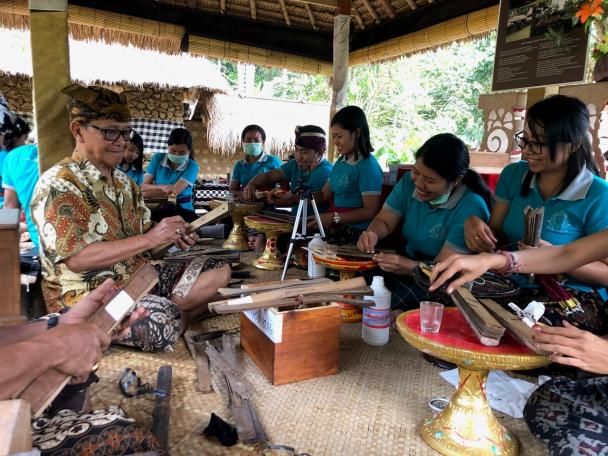


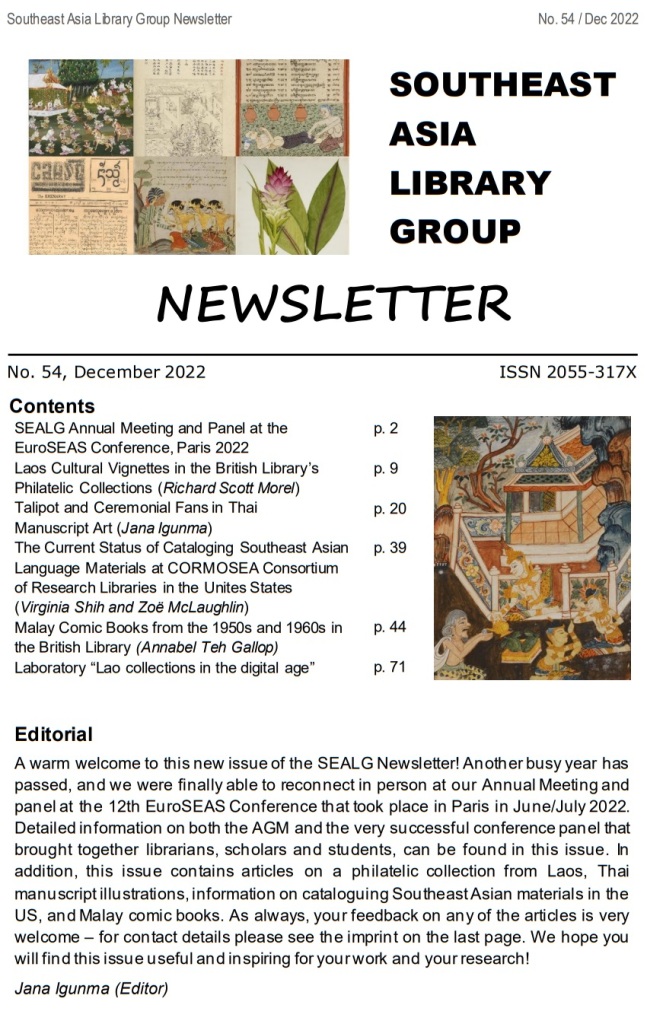







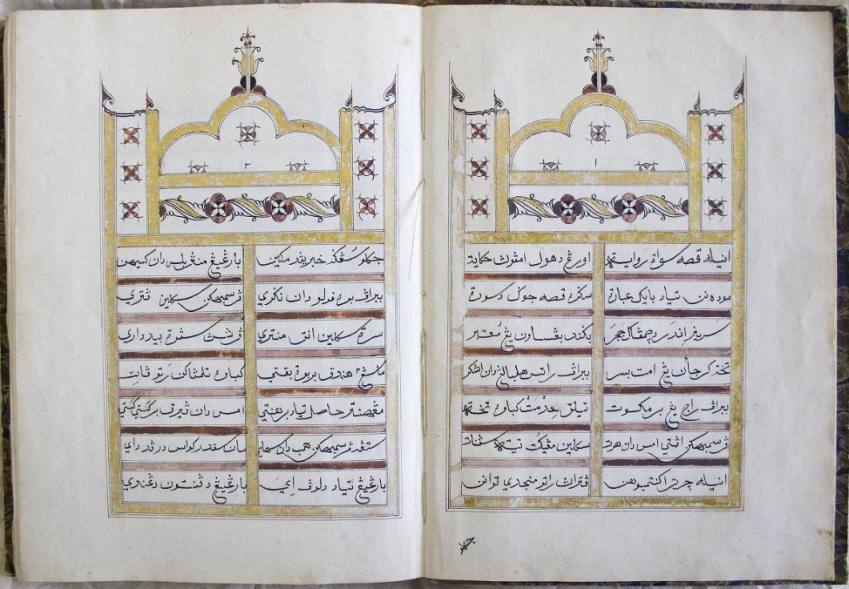
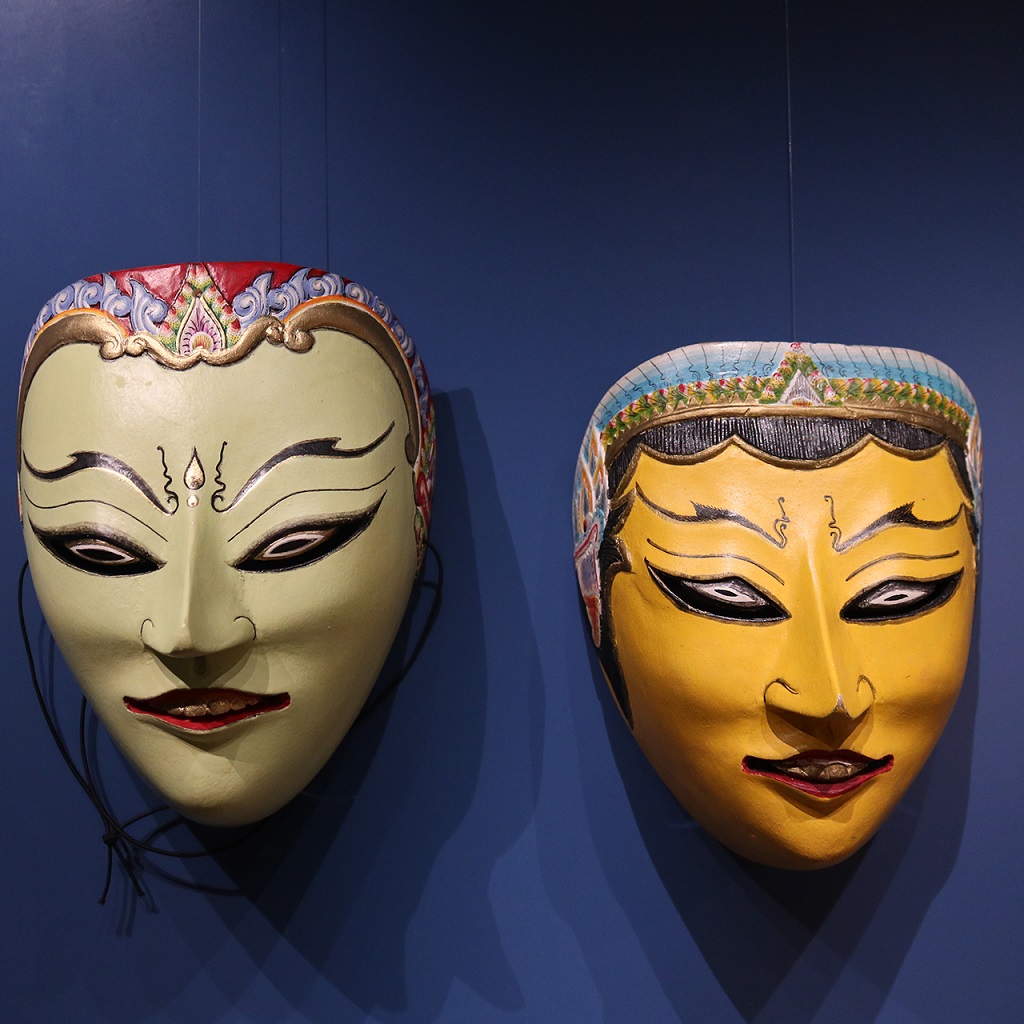



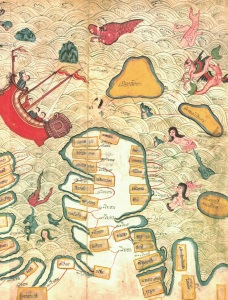
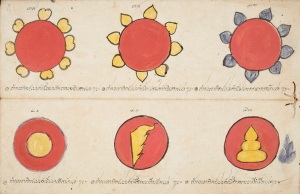



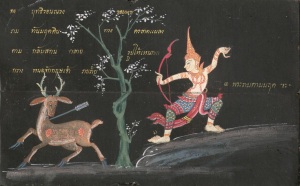
Recent Comments